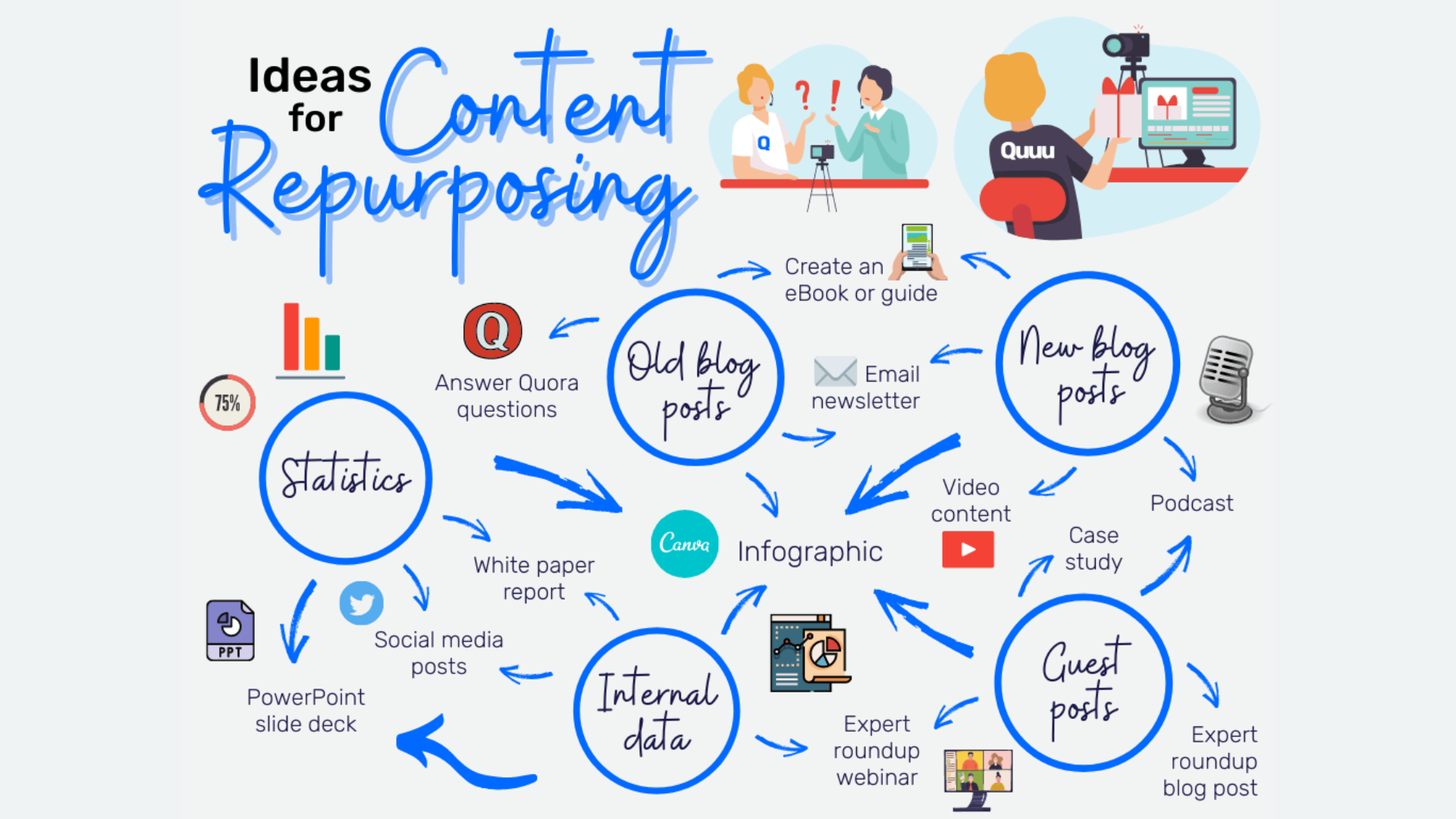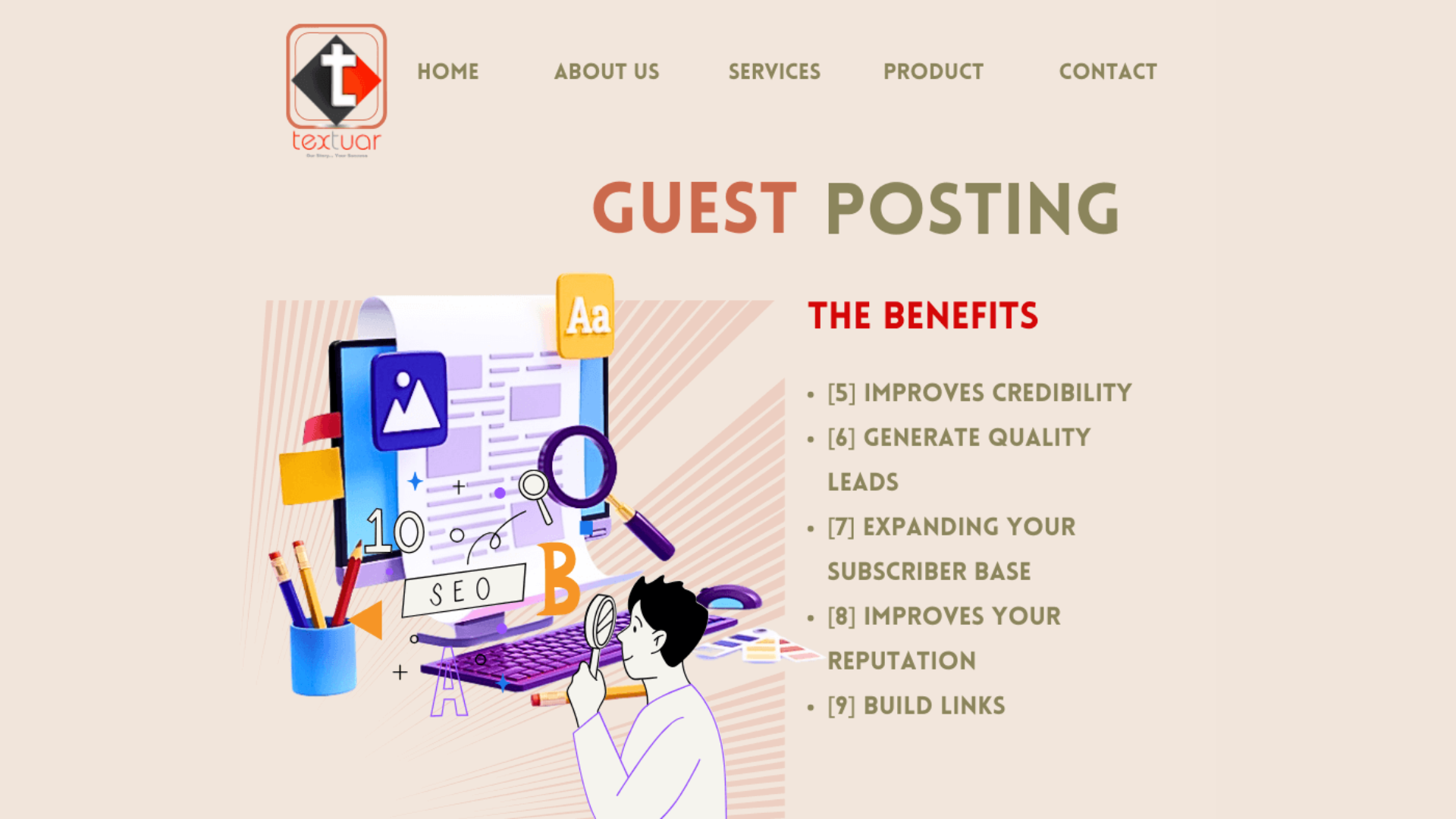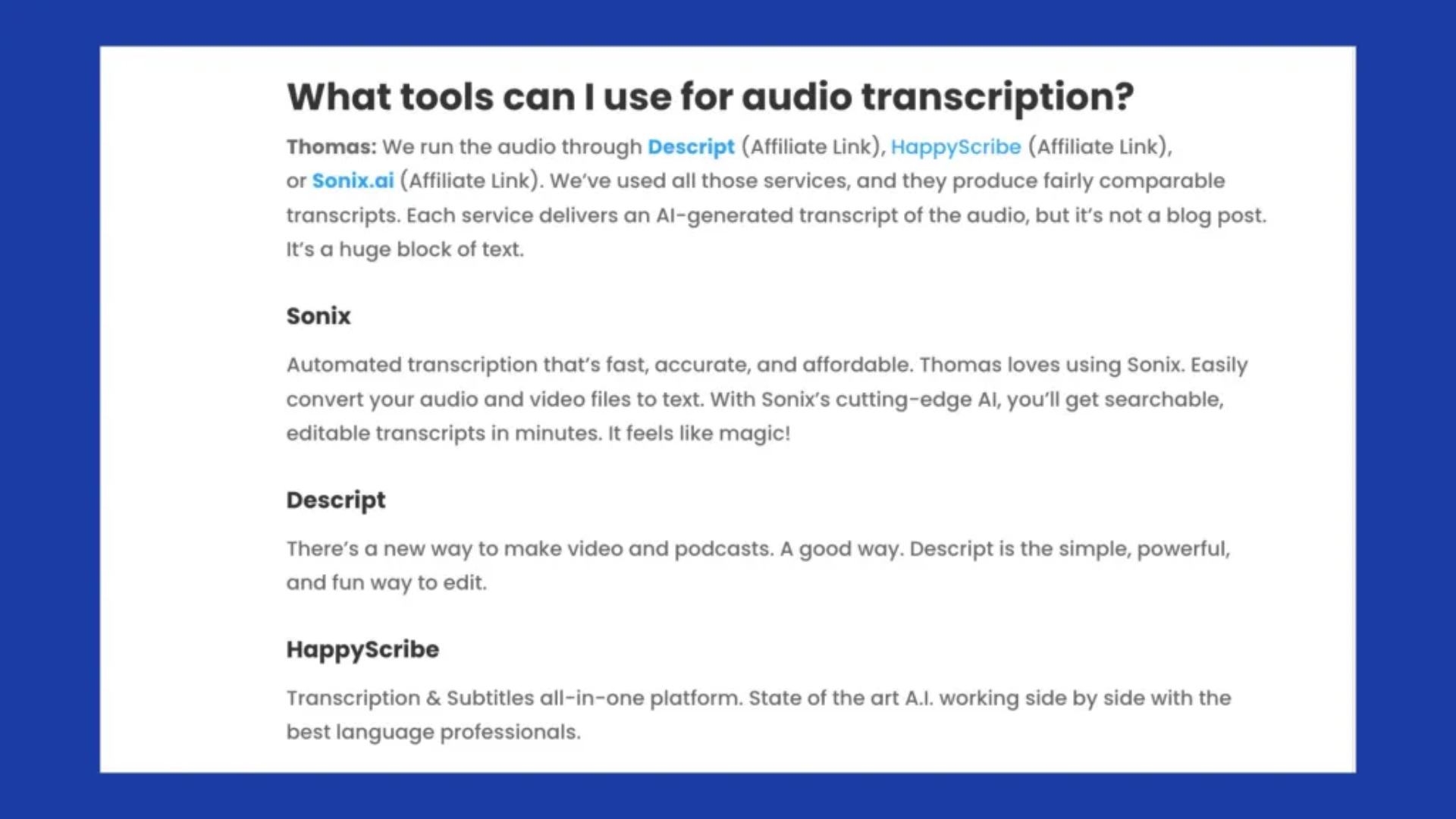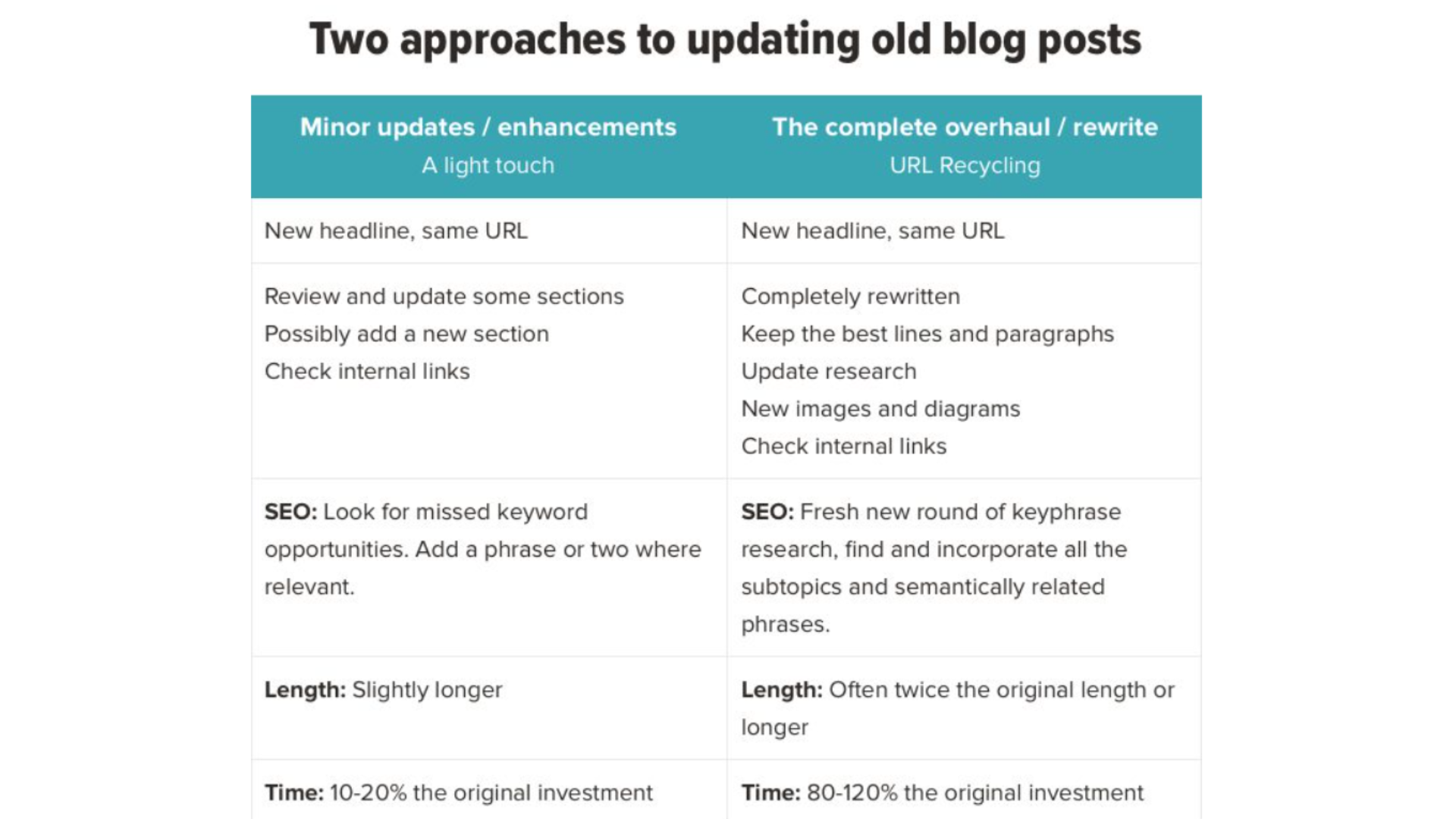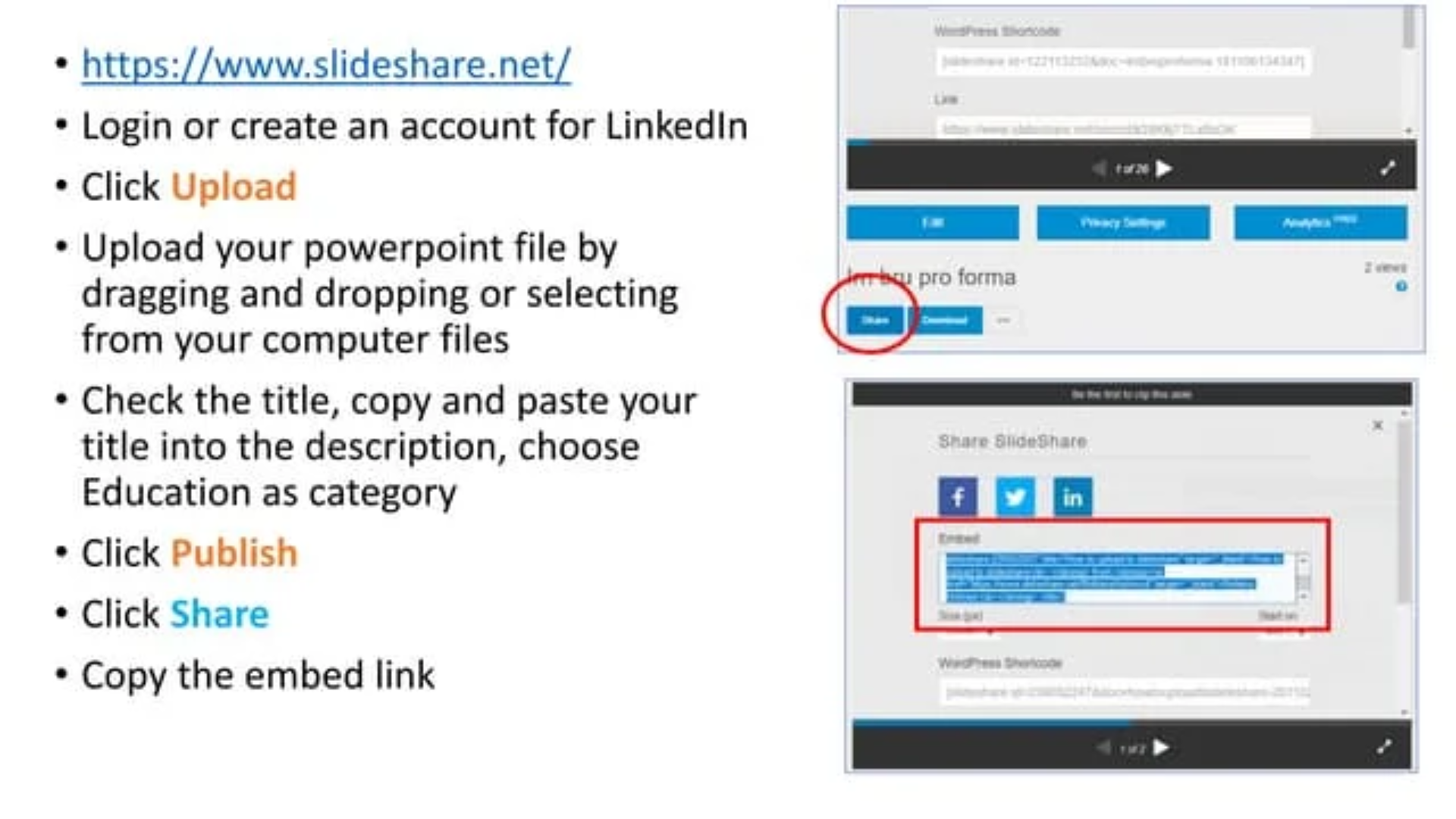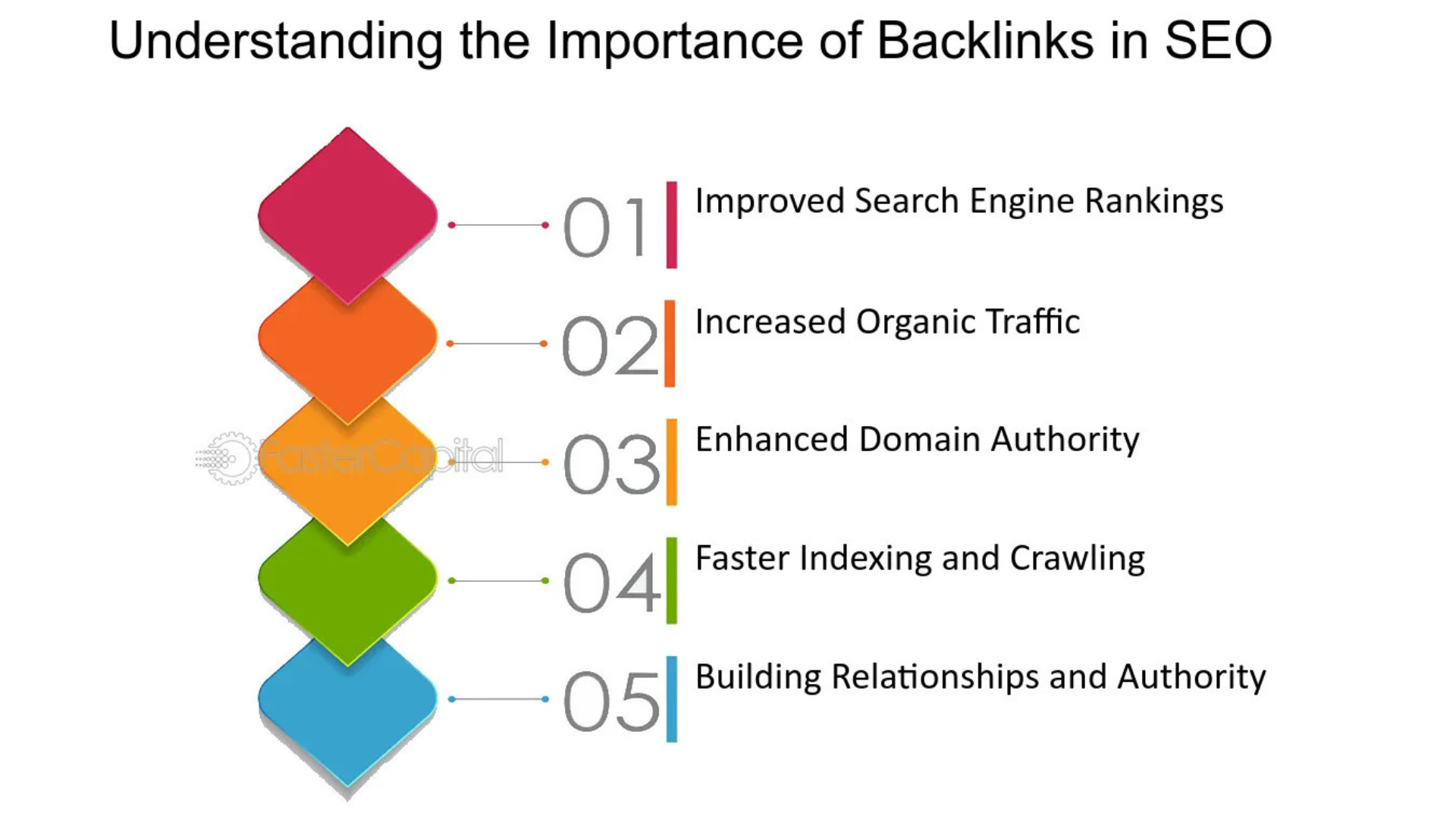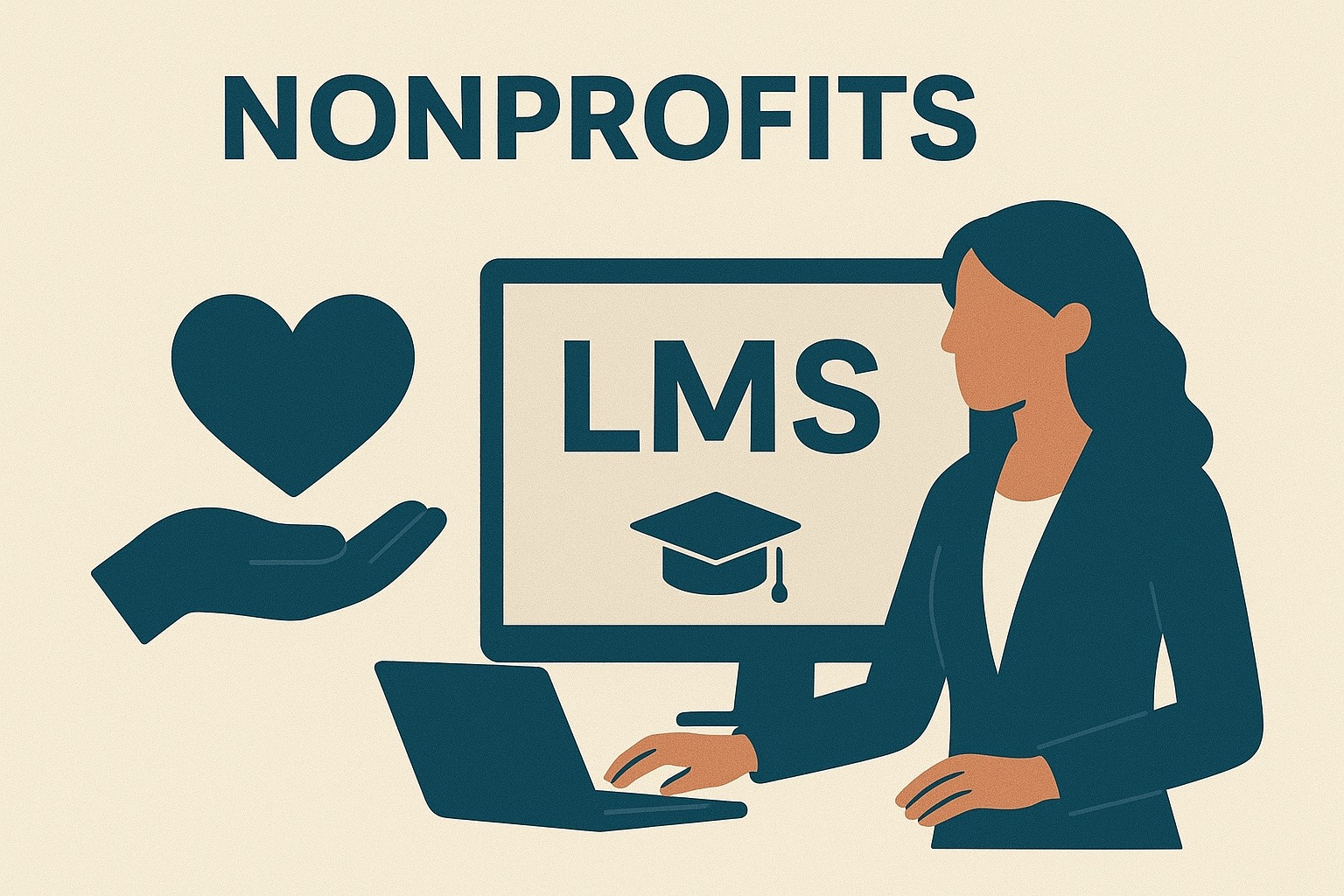Content Repurposing: 7 Ways You Can Turn Old Content into New Backlink Opportunities
Tired of chasing backlinks the hard way? You don’t always need fresh content to win the SEO game.
Some of your best backlink opportunities are already sitting in your archives.
Repurposing old content isn’t just efficient—it’s one of the smartest ways to boost visibility, expand your reach, and earn high-quality links without starting from scratch.
When it comes to SEO and content marketing, backlinks are gold. But building high-quality backlinks consistently isn’t easy.
In this post, we'll cover 7 practical and creative ways to repurpose old content into powerful backlink magnets.
Importance of Repurposing Old Content?
Repurposing old content is a great strategic move that allows you to maximize the value of your existing assets.
Instead of constantly producing fresh material, you can take what you've already created and adapt it into new formats or for different platforms.
This not only saves time and creative energy but also helps the content to be and work for you in the long term. long after
From an SEO perspective, repurposing helps target new keywords, refresh outdated information, and improve visibility in search results.
Search engines favor updated and diversified content, especially when it caters to different user intents.
Enrolling in a Digital Marketing Course can help you understand these strategies so that your content is aligned with SEO best practices.
Repurposed content in visual or downloadable formats (like infographics, templates, or charts) tends to be more shareable and link-worthy.
Ultimately, this approach strengthens your brand authority, drives more traffic, and supports long-term digital growth.
Ways To Turn Old Content into New Backlink Opportunities
Looking to boost your SEO without starting from scratch? Repurposing old content is a smart way to attract fresh backlinks and extend your content’s reach.
1. Turn Blog Posts into Guest Posts
Guest blogging is a proven method to secure high-quality backlinks and expand your reach.
By repurposing a successful blog post into a fresh, unique article, you can cater to new audiences.
Just ensure the content aligns with the host site’s tone and adds genuine value.
How to do it:
- Identify a popular blog post on your site.
- Find blogs in your niche that accept guest contributions.
- Rewrite or repurpose the core message into a guest post.
- Add a relevant backlink in your bio or contextually within the post.
Pro tip: Use the original post as a reference point, but make the guest post unique and relevant to the host site’s readers.
2. Transform Listicles into Infographics
Infographics are visually engaging and easily shareable.
If you create one from a popular listicle, you increase the chances of it being embedded and cited by others — with a backlink to your site.
How to do it:
- Pick a list-style blog (e.g., “10 Best Marketing Tips”).
- Use tools like Freepik, Canva or Piktochart to design an infographic.
- Upload the infographic to your blog and add an embed code.
- Share it on infographic directories and with bloggers in your niche.
Pro Tip: Include your website URL at the bottom of the infographic for brand visibility and linking.
3. Convert Webinars or Podcasts into Blog Posts
Webinars and podcasts often contain in-depth discussions, expert tips, and data worth sharing.
Repurposing them into blog posts helps you reach a wider audience and improves your chances of ranking on search engines.
Plus, written summaries make it easier for other websites to cite and link back to your content.
These insights can also be adapted into knowledge base articles within your helpdesk software, enabling your support team to provide consistent, searchable answers to common customer queries.
How to do it:
- Transcribe your webinar/podcast or extract key takeaways.
- Create a blog post, how-to guide, or case study based on the content.
- Add internal links to related resources and promote it heavily.
Outreach tip: Mention guests or experts featured in the content — they may link to your post when you notify them.
4. Update and Re-Launch Old Blog Posts
Revamping old blog posts gives them a second life and boosts their SEO potential.
By refreshing the content with updated information, new visuals, and relevant links, you increase its value and shareability.
Re-launching it as “updated” also signals to both readers and search engines that the post is current and authoritative.
How to do it:
- Identify blog posts with declining traffic or outdated data.
- Update information, images, meta descriptions, and formatting.
- Add new backlinks and optimize for user intent.
- Republish the post and promote it as “new.”
Quick win: Add a “Last updated” date to signal freshness to search engines and readers.
5. Turn Data or Research Into Shareable Charts
People love citing original data. If you’ve published research, surveys, or case studies, break them into visual charts and graphs.
These assets are highly shareable and often earn backlinks from journalists and bloggers.
How to do it:
- Extract key stats or trends from your original content.
- Use chart-making tools like Datawrapper or Flourish.
- Upload visuals with embed options and offer quotes for citation.
Smart idea: Submit your research findings to journalists via platforms like HARO (Help a Reporter Out) for backlink opportunities.
6. Create Slide Decks and Upload to SlideShare
SlideShare is a powerful but underused platform.
You can repurpose content (like blog posts or whitepapers) into slides and upload them to SlideShare or LinkedIn. These decks often rank on Google and can earn organic backlinks.
How to do it:
- Pick educational or how-to style content.
- Break it into slides using tools like PowerPoint or Google Slides.
- Add a backlink to your site in the final slide or description.
- Share the deck on SlideShare and LinkedIn.
Reach tip: Repurpose further by turning the slides into a video with voiceover for YouTube.
7. Create Downloadable Resources (Templates, Checklists)
People love free, helpful resources and they link to them!
Take your old content and convert it into downloadable templates, worksheets, or checklists.
How to do it:
- Identify how-to guides or instructional content.
- Turn steps into a checklist, Excel template, or PDF worksheet.
- Upload it to your site and optimize the landing page.
- Promote it through forums, Reddit, LinkedIn, and email.
SEO boost: Add a callout like “Free [Topic] Template – Download Now” to increase CTR from search and social.
Importance of Backlinks for SEO
Backlinks are one of the most important ranking factors in SEO.
When other websites link to your content, it signals to search engines that your site is trustworthy, authoritative, and worth ranking higher in search results.
The more high-quality backlinks you earn, the more visibility your pages can gain.
1. Improves Website Authority and Trust
High quality backlinks from trusted domains strengthen your website’s domain authority.
This trust signals to search engines that your content is reliable and valuable, making it easier to rank future pages.
2. Faster Indexing by Search Engines
Backlinks help search engine bots discover your pages more quickly.
When authoritative sites link to your content, it increases the chances of your new or updated pages getting indexed faster.
3. Opens Up New Partnership Opportunities
Backlinks often lead to new connections and collaborations within your industry.
From guest posts to co-marketing campaigns, they can serve as a bridge to build relationships with other brands and thought leaders.
Pro Tip: Use a URL Opener to Track Repurposed Content
Managing multiple repurposed links across platforms can get messy.
A tool like URL Opener Pro helps you open and check multiple URLs at once and alos, perfect for monitoring content updates efficiently.
Conclusion
Content repurposing isn’t just a time-saving hack — it’s a powerful SEO strategy that opens up more backlink opportunities with less effort.
The trick lies in strategic transformation: choosing the right format, platform, and audience.
By using these 7 repurposing methods, you can breathe new life into your existing content, expand your reach, and earn backlinks that strengthen your domain authority.

